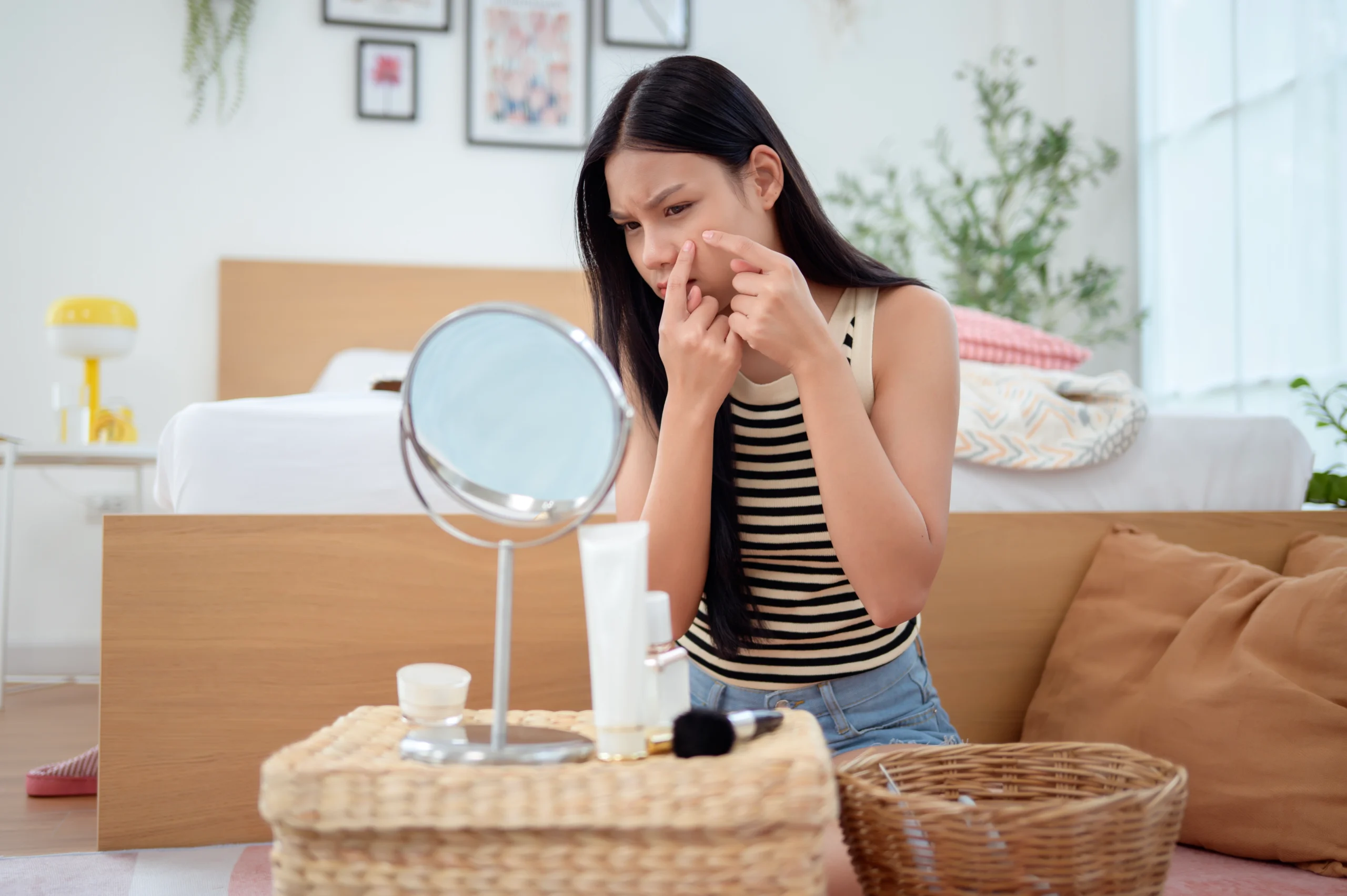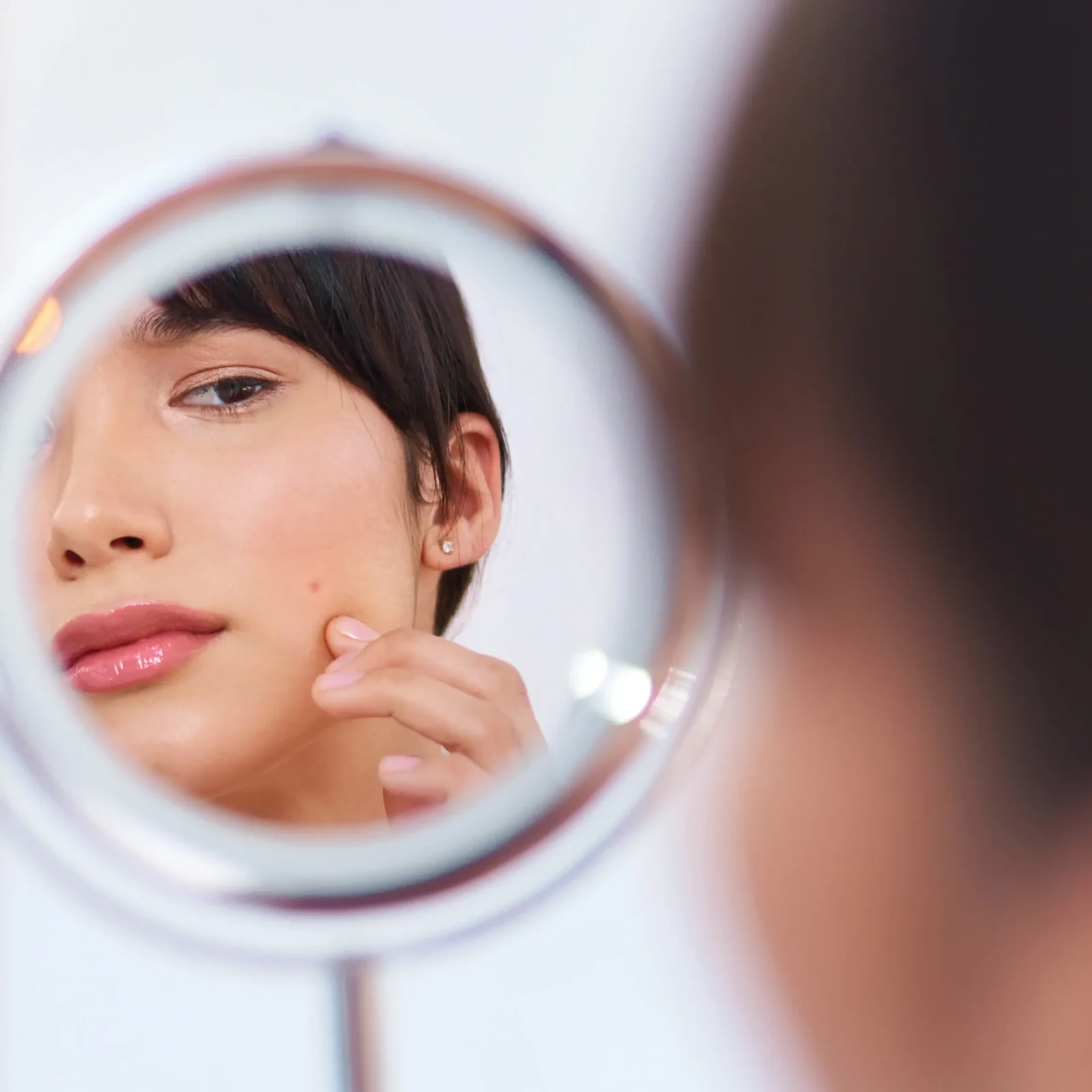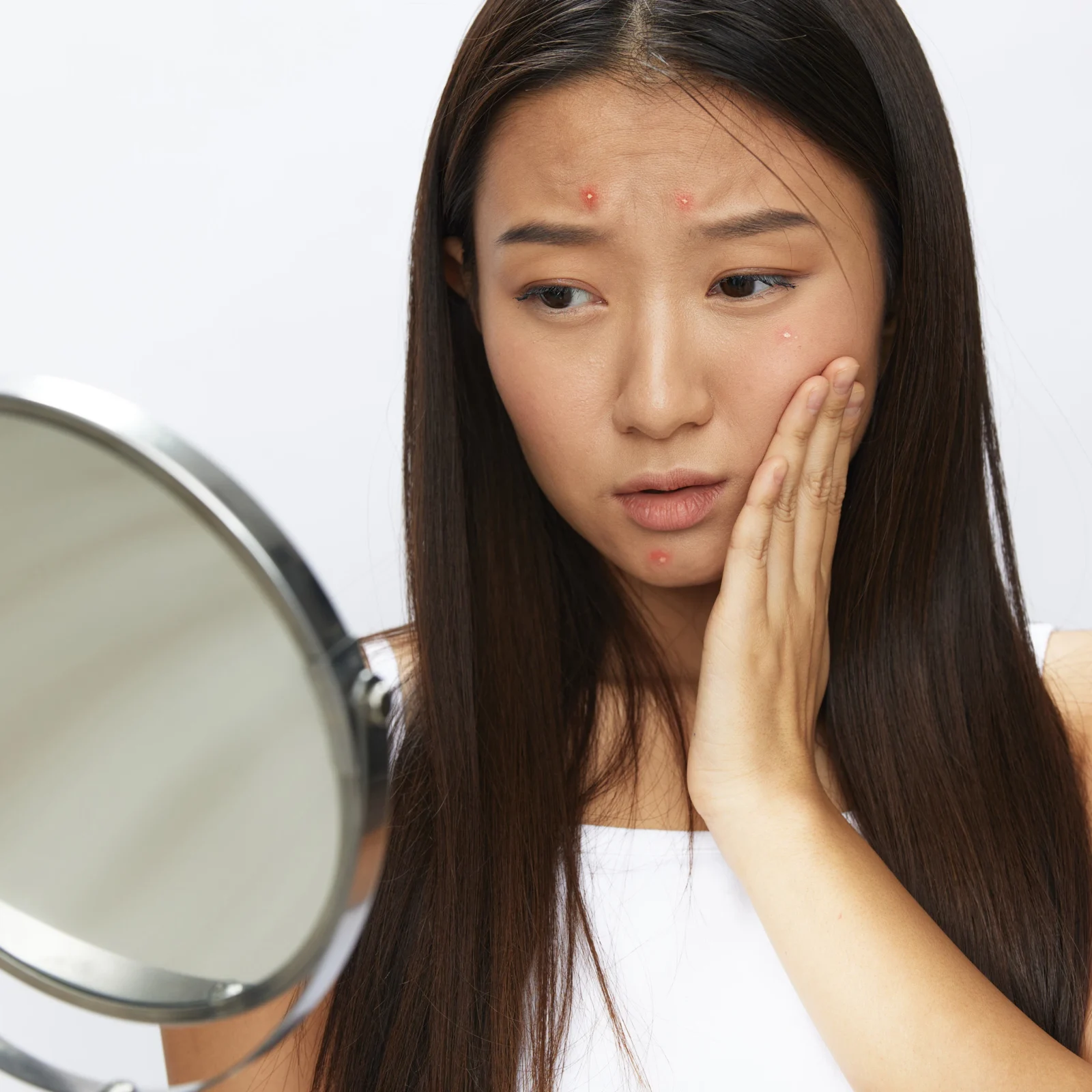How to Create a Balanced Skin Care Routine for Acne-Prone Skin
Breakouts happen, but managing them shouldn’t feel like a second job. Here’s your no-fuss skin care routine for acne-prone skin—morning, night, and weekly—to keep pimples calm and skin glowing.
By Mia Torres
Let’s be honest, skin care can feel like a full-time job
If you’ve ever stood in front of the mirror, layering three spot treatments and wondering why nothing’s working, you’re not alone. The truth? Most people dealing with acne-prone skin and frequent breakouts are either overdoing it or underdoing it, missing that sweet spot of a consistent skin care routine—cleansing, toning, treating, and moisturizing—that calms inflammation and supports healing.
Acne care works best when it’s consistent, gentle, and tailored to your skin’s needs. Instead of attacking every pimple like it’s a battle, focus on calm, steady care. Rather than throw the whole shelf at your face, try this balanced approach. The morning routine protects, the night routine repairs, and the weekly reset keeps your pores clear without overstripping.
Morning skin care routine: Prep + protect
Mornings aren’t for punishment cleansers. They’re for setting your skin up for the day.
- Cleanse: Start with a gentle foaming cleanser. If you’re dealing with breakouts, choose one with salicylic acid to help unclog pores.
- Treat: Go straight into an antioxidant serum like vitamin C or niacinamide to brighten dark spots from past breakouts.
- Hydrate: Even oily skin needs moisture. Pick a lightweight, gel-based moisturizer that keeps skin balanced without clogging pores.
- Protect: Sunscreen is non-negotiable. Every dermatologist we’ve interviewed agrees SPF is the most important step for preventing post-acne marks.
Night skin care routine: Cleanse + repair
Think of your night routine as the repair shift. This is when your acne treatments do the heavy lifting.
- Double cleanse: If you wear makeup or sunscreen, start with an oil cleanser, then follow up with a gentle foaming cleanser.
- Target actives: Apply retinol (or adapalene if you’re a beginner) to boost cell turnover, or use salicylic acid on breakout-prone areas.
- Moisturize: Lock in hydration with a barrier-repair moisturizer or soothing night cream so your skin recovers while you sleep.
Make sure to introduce retinol slowly. Start twice a week and work your way up. Irritation is not the goal.
Weekly reset for acne-prone skin
Once a week, give your skin a reset to prevent congestion and control oil:
- Use a clay mask to soak up excess oil and calm active breakouts.
- Try a gentle exfoliant (chemical, not physical) to remove dead skin cells and help products absorb better.
This once-a-week ritual keeps pores clear without triggering the irritation that comes from daily scrubbing.
Skin care for teens and beginners
If you’re just starting a routine, keep it simple: cleanser, moisturizer, sunscreen. That’s it. Once your skin adjusts, slowly introduce one active ingredient—salicylic acid, benzoyl peroxide, or retinol—to see what your skin likes best.
Beyond the bathroom: Lifestyle matters
Changing your pillowcases weekly helps prevent bacteria buildup that can clog pores and cause breakouts. Managing stress levels is also important because high cortisol, the body’s stress hormone, triggers inflammation that worsens acne. Studies show that chronic stress weakens the skin’s barrier. As a result, it becomes drier, more sensitive, and more prone to irritation.
Getting enough sleep is also essential since skin repairs itself during rest. Research finds that inadequate sleep reduces skin hydration and accelerates aging signs, so aim for seven to eight hours per night to support skin health.
Lastly, watching your diet by limiting high-glycemic foods such as sugary drinks and milk tea can help reduce acne flare-ups for some people.
The bottom line
The best acne skin care routine does not need 10 products or a complicated 12-step lineup. What matters most is consistency: a morning skin care routine that protects, a night skin care routine that repairs, and a weekly refresh that keeps your pores clear.
Stick with it, listen to your skin, and give it time to work. This is the skin care routine that works with your skin—not against it—helping you calm breakouts, fade dark spots, and bring back your natural glow.
FAQs
What is the best daily skin care routine for acne-prone skin?
A good routine focuses on balance, not aggression: gentle cleansing, targeted treatment, hydration, and daily SPF. Use actives like salicylic acid or retinol slowly and consistently to avoid irritation.
Which ingredients should I use or avoid in acne skin care?
Look for salicylic acid, benzoyl peroxide, niacinamide, or retinol to target breakouts and fade dark spots. Avoid harsh scrubs, overly drying alcohols, or strong fragrances that can disrupt your skin barrier.
How do I build a step-by-step skin care routine to prevent breakouts?
Start simple: cleanser, moisturizer, and sunscreen. Once your skin adjusts, add one active ingredient at a time—like salicylic acid or retinol—and give it a few weeks to work before introducing another.
Can acne-prone skin still use moisturizer and sunscreen?
Yes—skipping them can actually make breakouts worse. Choose lightweight, non-comedogenic formulas to keep skin hydrated and protected without clogging pores.
What nighttime skin care routine works best for acne-prone skin?
Cleanse thoroughly, apply a targeted active like retinol or salicylic acid, and finish with a barrier-repair moisturizer. Night is when your skin repairs itself, so this is the best time to support healing.
Latest Stories
You might also like
To provide a customized ad experience, we need to know if you are of legal age in your region.
By making a selection, you agree to our Terms & Conditions.







